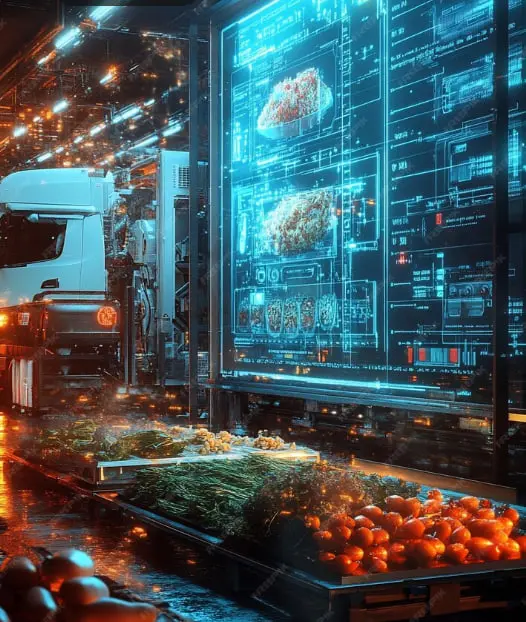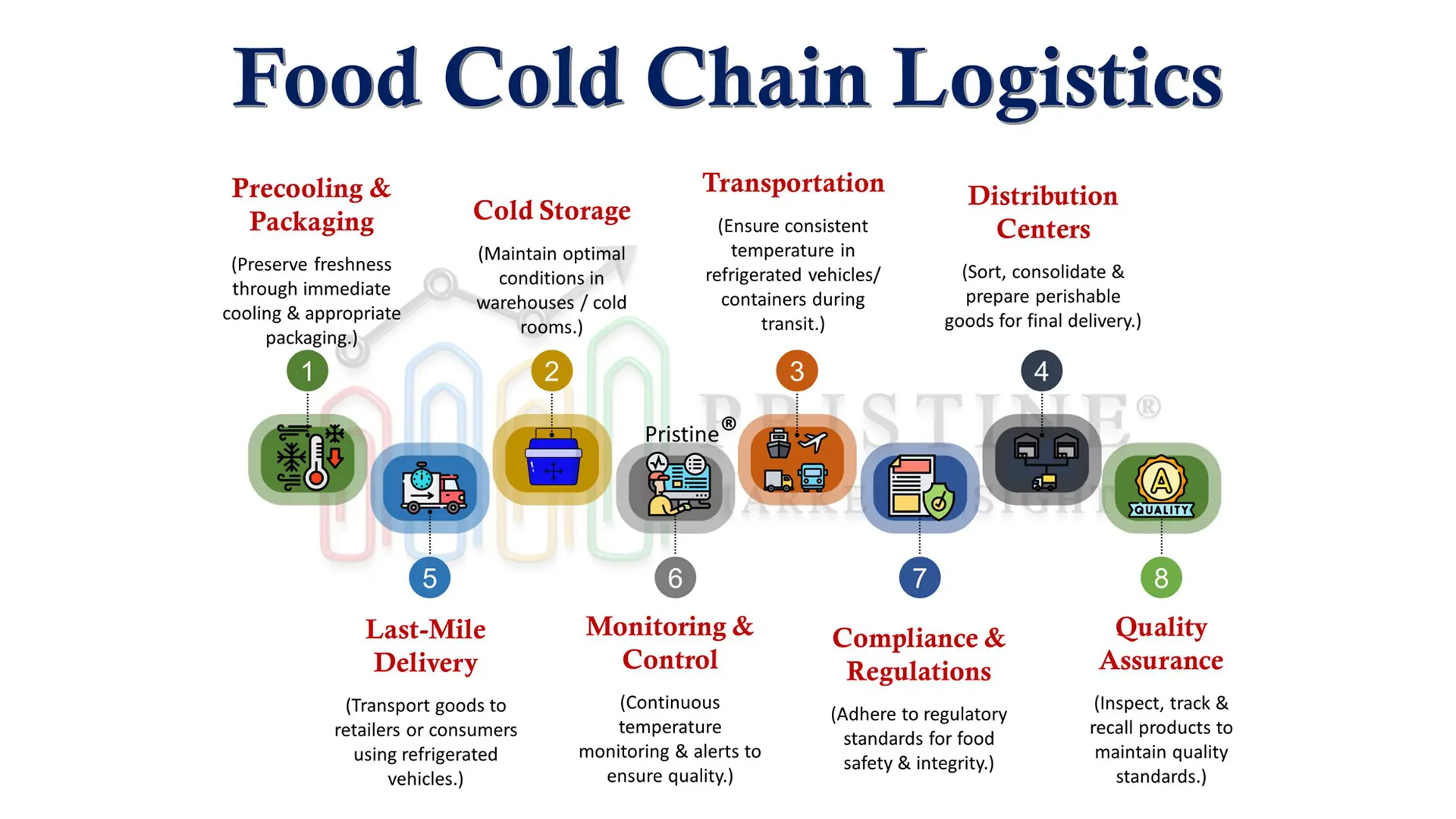Understanding Food Cold Chain Logistics: The Backbone of Modern Food Supply
Food cold chain logistics represents a critical infrastructure that ensures the safe, efficient, and high-quality transportation of perishable food products. At its core, this sophisticated system maintains precise temperature control throughout the entire supply chain, from production to consumer delivery.
Key Drivers Transforming the Cold Chain Logistics Landscape
1. Rising Demand for Frozen and Chilled Food Products
Consumer preferences are rapidly evolving, with an increasing appetite for frozen and chilled foods. This shift is driving unprecedented growth in cold chain logistics, compelling companies to invest in advanced temperature-controlled transportation and storage solutions.
2. E-Commerce: Revolutionizing Cold Chain Distribution
The explosive growth of online grocery shopping has become a game-changer for cold chain logistics. Key developments include:
- Sophisticated last-mile delivery solutions
- Expanded cold storage facilities
- Enhanced temperature tracking technologies
3. Multi-Temperature Storage: A Game-Changing Innovation
Modern cold chain logistics now offer multi-temperature storage solutions that:
- Enable management of diverse product lines
- Improve operational efficiency
- Meet varied consumer and industrial needs
Emerging Markets: The New Frontier of Cold Chain Logistics
Developing regions, particularly in Asia and Africa, are experiencing a significant surge in demand for perishable food products. This growth is catalyzing massive investments in:
- Modern refrigerated transportation
- Advanced warehouse infrastructure
- Cutting-edge temperature control technologies
Dark Blue Shipping is one of the leading logistics and air freight companies in Middle East.
Leading Companies Shaping the Cold Chain Logistics Market
The market is dominated by several key players, including:
- Americold Logistics
- Lineage Logistics
- United States Cold Storage
- DHL Supply Chain
- FedEx Logistics
- CEVA Logistics
Technological Innovations Driving the Industry
- IoT-Enabled Temperature Monitoring
- Artificial Intelligence in Route Optimization
- Sustainable Refrigeration Technologies
- Advanced Packaging Solutions
The Future of Food Cold Chain Logistics
As global food distribution becomes increasingly complex, cold chain logistics will continue to evolve. The industry is poised for significant growth, driven by:
- Technological advancements
- Changing consumer preferences
- Global trade expansion
- Increased focus on food safety and quality
Challenges and Opportunities
While the market presents tremendous opportunities, companies must navigate:
- High infrastructure investment costs
- Complex regulatory environments
- Sustainability concerns
- Technological integration
Conclusion
Food cold chain logistics is more than just transportation—it’s a critical ecosystem ensuring food safety, quality, and global accessibility. As consumer demands and technological capabilities continue to advance, this sector will play an increasingly vital role in global food supply chains.
Frequently Asked Questions
Q: What is food cold chain logistics? A: Food cold chain logistics is a temperature-controlled supply chain process that ensures the safe storage, transportation, and distribution of perishable food products while maintaining their quality and safety.
Q: Why is cold chain logistics important? A: It prevents food spoilage, maintains nutritional value, ensures food safety, reduces waste, and enables global food distribution of sensitive products like seafood, dairy, and frozen goods.
Q: What technologies are used in cold chain logistics? A: Key technologies include IoT sensors, AI-powered route optimization, advanced refrigeration systems, and real-time temperature monitoring devices.
Note: Market insights based on the 2024 Food Cold Chain Logistics Market Forecast Report


